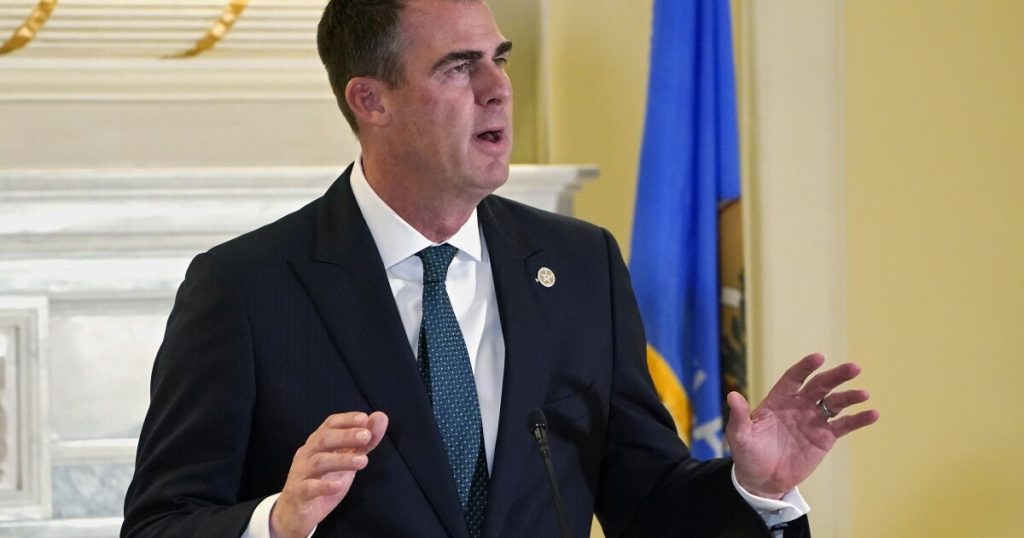Stitt’s Wildfire Response Claims Spark Controversy and Calls for Correction
Oklahoma Governor Kevin Stitt’s public critique of the Oklahoma Forestry Services’ (OFS) handling of the March 14 wildfires has ignited a firestorm of its own, drawing sharp rebukes from current and former state legislators who accuse him of spreading misinformation, particularly regarding state funding allocated to the agency. The governor’s repeated assertion that the state invested $75 million in OFS resources, including fire trucks, firefighters, and bulldozers, has been challenged as a gross misrepresentation of the actual figures.
State Representative Humphrey and former Representative Bob Cleveland, co-hosts of a political podcast, have publicly called out Governor Stitt for his inaccurate statements. They point out that the $75 million figure actually represents the total funding for the entire Department of Agriculture, Food, and Forestry (ODAFF), while OFS, a division within ODAFF, receives a significantly smaller allocation of $12.5 million. This discrepancy, a $62.5 million difference, has been labeled a "hell of a miss" by Humphrey, who criticized Stitt for repeatedly using the inflated figure in public appearances and television interviews.
The controversy extends beyond funding, however, to encompass the governor’s criticism of OFS’s deployment strategy during the wildfires. Stitt has expressed frustration over the agency’s decision not to relocate all southeastern Oklahoma fire crews to the hard-hit areas of Mannford and Stillwater. Multiple sources within the firefighting community counter Stitt’s claims, stating that existing state statutes prevent OFS from completely depleting resources in one region, a point disputed by the governor’s office. Stitt has questioned the rationale behind this strategy, seemingly suggesting that protecting southeastern Oklahoma was prioritized over areas affected by the fires, a statement met with derision by Representative Humphrey.
The wildfires, which ravaged parts of the state, also resulted in the loss of one of Governor Stitt’s personal ranch homes near Luther. This personal loss, while tragic, has fueled speculation regarding the governor’s pointed criticism of the wildfire response. Stitt has ordered an investigation, led by the secretaries of Agriculture and Public Safety, to examine OFS’s actions and identify any potential failings in their response to the fires. The investigation, initially promised within a week of its announcement on March 7, has yet to yield publicly available findings, leaving many in the firefighting community and the public awaiting answers.
The ongoing dispute between the governor and OFS has created a tense atmosphere, raising concerns about the potential impact on future wildfire response efforts. The discrepancy in funding figures not only underscores the need for accurate information dissemination, but also raises questions about the transparency of budget allocations for vital state agencies. As the investigation unfolds and more information comes to light, the focus remains on ensuring a swift and effective response to future wildfires, safeguarding both lives and property across the state. Clarification on how OFS operates within the confines of state statutes is also crucial to avoid future misunderstandings and ensure optimal resource deployment during emergencies.
The broader implications of this controversy extend beyond immediate concerns regarding fire management. The public disagreement between the governor and members of the legislature highlights the importance of open communication and accountability, particularly when dealing with critical public safety issues. Moving forward, transparent dialogue and a commitment to accurate information sharing will be essential to rebuilding trust and fostering a collaborative approach to disaster preparedness and response in Oklahoma. The wildfires and their aftermath serve as a stark reminder of the need for effective coordination between state agencies and a clear understanding of the resources available to protect communities facing natural disasters.


